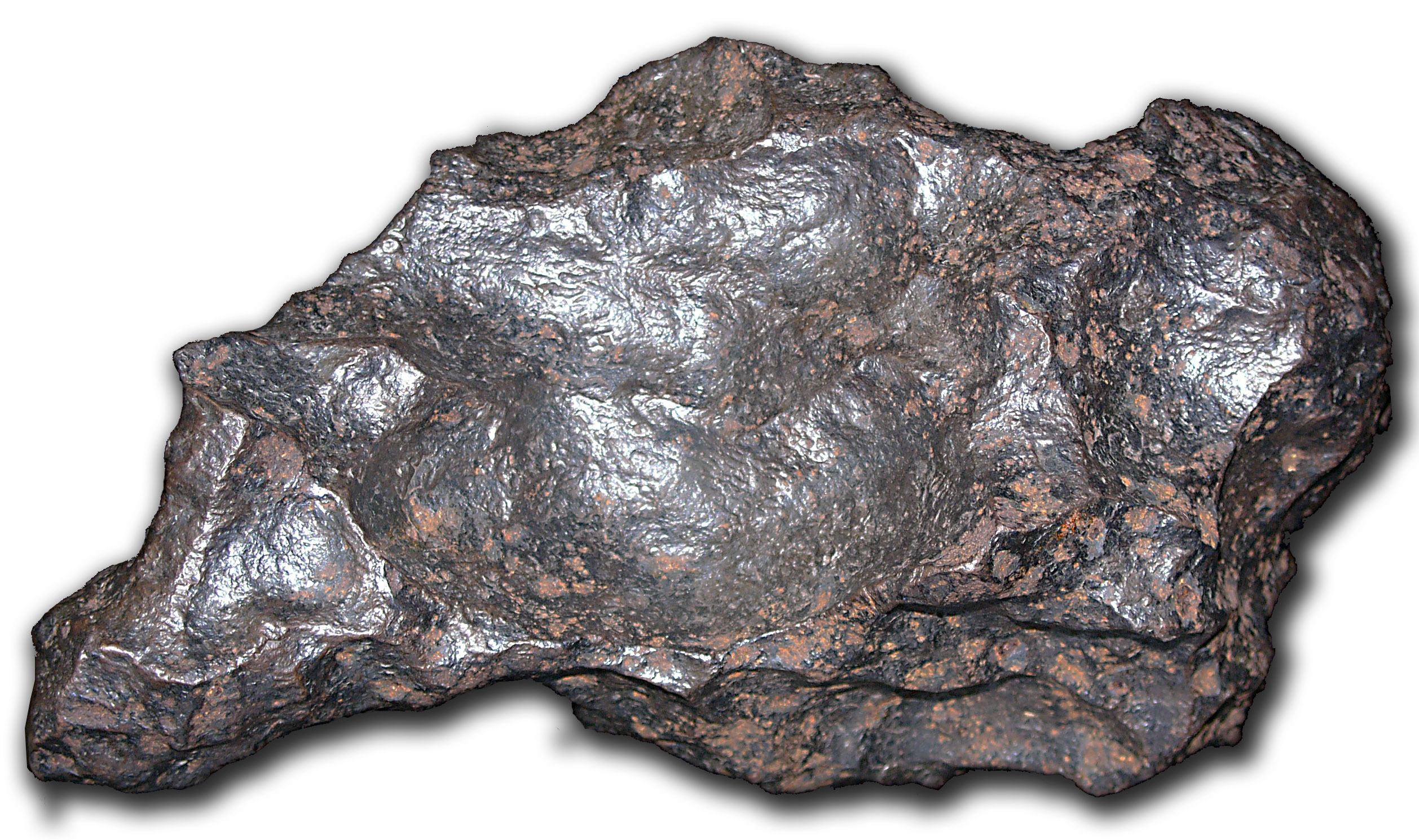

By Asmita - Aug 10, 2025
A rare and exceptionally large Martian meteorite, NWA 16788, weighing 24.5 kilograms and measuring nearly 38.1 centimeters in length, was sold for $5.3 million at a Sotheby’s auction in New York. The government of Niger has expressed concerns about the sale, suspecting illicit trafficking of natural heritage resources. The rock provides crucial insights into Mars' geology and history and the solar system's formation, and represents 7% of all known Martian material on Earth.

Meteorite via Wikimedia
LATEST
A rare and exceptionally large meteorite originating from Mars, known as NWA 16788, was discovered in Niger in November 2023 and sold for a staggering $5.3 million at a Sotheby’s auction in New York. Weighing 24.5 kilograms (54 pounds) and measuring nearly 38.1 centimeters (15 inches) in length, this Martian rock is the largest piece ever found on Earth, about 70% bigger than the previous largest specimen. It was blasted off Mars by a massive asteroid impact and traveled approximately 140 million miles to crash in the Sahara Desert, where it was retrieved by a meteorite hunter. Such meteorites are extremely rare, with only around 400 identified worldwide among the tens of thousands of recognized meteorites on Earth.
Following the auction, the government of Niger has expressed strong concern and demanded answers about the circumstances surrounding the sale. The country’s Council of Ministers was informed about the auction, which reportedly involved almost $5 million for the meteorite, and suspects that the sale might involve illicit trafficking of natural heritage resources. A government statement confirmed that investigations will be conducted by the ministries of Mines, Higher Education, and Justice to clarify the legality and details of the meteorite's export and subsequent auction.
The meteorite itself is scientifically significant because it offers valuable insights into the geology and history of Mars, as well as the formation of the solar system. Classified as a shergottite, a rare type of Martian rock, it contains minerals like pyroxene and olivine and has a fusion crust formed by intense heat as it passed through Earth’s atmosphere. The rock represents about 7% of all Martian material known to exist on Earth, providing researchers with a "tangible connection" to the Red Planet's past. Sotheby’s described it as one of the most valuable and monumental specimens of its kind ever to be auctioned.
The auction was part of Sotheby’s natural history-themed sale in New York, which also featured other remarkable items such as a juvenile Ceratosaurus dinosaur skeleton. While the meteorite drew significant attention for its provenance and record-breaking size and value, the final buyer remained anonymous. The auction house emphasized the serendipity involved in the meteorite’s journey—landed on solid ground instead of the ocean, enabling its recovery—and has sparked a wider conversation about ownership, heritage, and the export of extraterrestrial artifacts found in African countries like Niger.